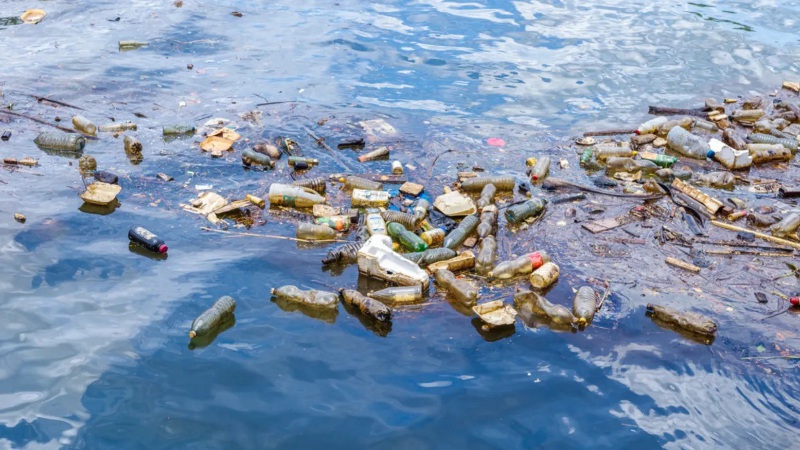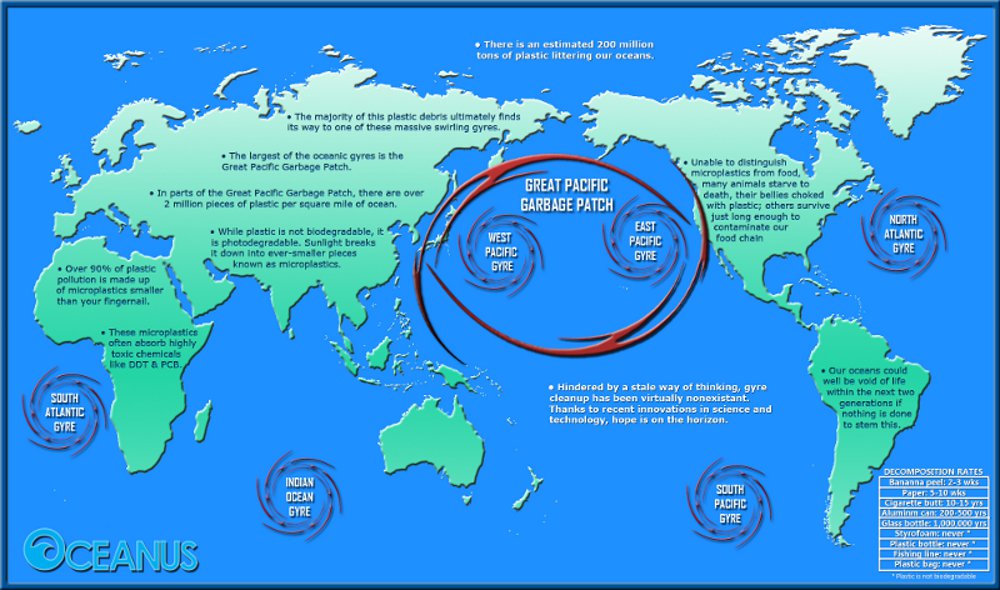
Posted: May 22, 2022.
Our society has become a throwaway culture, where we discard items like plastics that are no longer of use to us. We discovered plastics are that are lightweight, durable, take years to decompose and are inexpensive to produce from fossil fuel-based chemicals. When we have no longer use for plastics, we discard them as garbage. About 20% of all plastic in the ocean comes from boats, approximately 80% comes from our very own backyards and garbage dumps! Until recently, scientists thought that these plastics would last forever.

Plastics are a wide range of semi-synthetic materials that use PET as a main ingredient. PET [Polyethylene terephthalate] is a thermoplastic polymer consisting of the ester-linked monomers terephthalic acid (TPA) and ethylene glycol (EG). Sonnendecker: Recycling PET plastic with Met Poly hydrolase 2021
Plastics became popular because by adding different additives, these can be molded into many different things: car bodies, bowls, food wrappers, food containers, bottles, zip bags, toys, toilet seats and toothbrushes. It is estimated that a plastic foam cup will take 50 years, a plastic bottle beverage holder will take 400 years, a disposable diaper will take 450 years, and fishing line will take 600 years to degrade. Wiki: Plastic
Our problem has been that we have not had a quick and easy way to get ride of plastics. So we have been dumping used plastics in land fills and ocean. For example, over the past 40 years of dumping plastics into oceans, mother nature has piled up five huge ocean plastic patches [or gyres, floating islands or debris].

The Great Pacific Garbage Patch [ gyres ] floats in the ocean between the Western Coast of the United States and Hawaii. It is the size of Texas and about nine feet deep and endangers marine life. It affects the entire food chain, from the larger bottom-feeders to seals, seagulls, and crabs. Doing so has created a huge pollution problem as plastics were predicted to take centuries to break down.
Fortunately Japanese scientists were the first to find a way to break down plastics in hours. The scientists from Kyoto Institute of Technology and Keio University in 2016 discovered a species of bacterium that can break down and metabolize PET plastic. Japanese scientist Yoshida and his team isolated a novel bacterium, Ideonella sakaiensis 201-F6, that secretes two enzymes .... PETase and MHETase, that break down the common plastic PET. Both enzymes are required to “enzymatically convert PET efficiently into its two environmentally benign monomers, terephthalic acid and ethylene glycol.” The PETase enzyme breaks down PET into the compound MHET, and the MHETase enzyme breaks the plastic PET down even further. Yoshida: Bacterium degrades PET 2016
Other scientists have created other enzymes that vastly reduces the time it takes to break down plastics.
Sonnendecker and colleagues in 2021 at Leipzig University, Germany, discovered a highly efficient enzyme, PHL7, that degrades PET in record time of 24 hours. Sonnendecker: Recycling PET plastic with Met Poly hydrolase 2021 Cassella: New plastic breaks down plastic 2021 In the lab, researchers found it was able to decompose PET by 90 percent within 16 hours. PHL7 breaks down plastics much faster than the LLC enzyme, discovered in Japan in 2016. Unfortunately, neither PHL7 nor LCC can fully degrade PET plastics with higher crystalinity [more organized molecular structure], such as the ones used in some bottles. To overcome this problem, German scientists replaced the original enzyme in PHL7 with leucine, thereby speeding the break down of plastic waste. Vogt: Enzyme breaks Pet plastic 2022
Nield's research team, at University of Texas, Austin, Texas, developed the enzyme from a natural PETase that allows bacteria to degrade PET plastic. Nield: Plastic enzymes quickly break down plastics 2022
David Nield, Plastic enzymes recycle plastics; Length 1:5 mns.
Once the enzyme PETase breaks down the plastic down into its basic molecular units (depolymerization), Nield researchers then demonstrated they could put the plastic back together again (repolymerization) using chemical processes to create new plastic products. In tests on all of these products like polyester fabrics and water bottles, the enzyme variant proved its effectiveness at temperatures less than 50 degrees Celsius [122 degrees Fahrenheit]. The result: within 16 hours, PHL7 caused the PET to decompose by 90 percent; compared to LCC that managed a degradation of just 45 percent. "So our enzyme is twice as active as the gold standard among polyester-cleaving hydrolases," PHL7 broke down a plastic grapes container in supermarkets in less than 24 hours. Nield: Plastic enzymes quickly break down plastics 2022
"Biological PET recycling has some advantages compared to conventional recycling methods, which rely primarily on thermal processes where the plastic waste is melted down at high temperatures. These processes are highly energy-intensive and the quality of the plastic decreases with each recycling cycle. Enzymes, on the other hand, only require an aqueous environment and a temperature of 65 to 70 degrees Celsius for their work. Another plus is the fact that they break down the PET into its components terephthalic acid and ethylene glycol, which can then be reused to produce new PET. So far, however, biological PET recycling has only been tested by a pilot plant in France." Vogt: Enzyme breaks Pet plastic 2022
So how soon can we expect to stop plastics pollution in oceans and landfills? We now have a way of getting rid of plastics. But the problem is industry, and indifferent consumers of plastic goods. The kitchen gets cluttered with numerous food plastics. We need to invent better system for homes to collect plastics, separate these from garbage and waste paper and dispose same in bins for truck pickup. Politicians must give higher priority to plastics disposal. We need to mobilize the world to recycle plastics.
References:
Atwater James, "10 Horrifying Facts About the Great Pacific Garbage Patch," Listland, February 7, 2017. Atwater: Pacific garbage patch 2017
Cassella, Carly, "A New Enzyme Found in Compost Just Set a Speed Record For Breaking Down Plastic," ChemSusCem, June 15, 2021. Cassella: New plastic breaks down plastic 2021
Nield, David, "Engineers Create an Enzyme That Breaks Down Plastic Waste in Hours, Not Decades," Nature & Science Alert, April 27-30, 2022. Nield: Plastic enzymes quickly break down plastics 2022
Sonnendecker Christian, et la., "Low Carbon Footprint Recycling of Post-Consumer PET Plastic with a Metagenomic Polyester Hydrolase," ChemSusChem, Junr 15, 2021. Sonnendecker: Recycling PET plastic with Met Poly hydrolase 2021
Vogt Nina, "Enzyme breaks down PET plastic in record time," ChemSusChem, Leipzig University, May 18, 2022. Vogt: Enzyme breaks Pet plastic 2022
Wikipedia, "Plastic." Wiki: Plastic
Yoshida Shosuke, "A bacterium that degrades and assimilates poly(ethylene terephthalate)," Science, March 11, 2016. Yoshida: Bacterium degrades PET 2016